By Liam Migdail-Smith
Reading Eagle Business Weekly
They come to Reading from as far as Vancouver, Seattle and central California.
They bring their favorite cooking set with them and stop by a grocery store or a farmers market for ingredients before finding their way to an old brick factory nestled between Angelica Park and a small industrial area along Route 10.
There, in a live appliance showroom, they fire up a burner that roars like a jet engine and feels like a bonfire to whip up their favorite dish.
The factory at 600 Arlington St., which some refer to as a Mecca for cooking enthusiasts, is where Prizer-Painter Stove Works Inc. has hand built ranges since 1880.
It's where the company now produces the BlueStar brand, which, in 10 years on the market, has developed a cult following among chefs and cooking lovers, found its way into the homes of superstar athletes and actors and appeared on shows such as "Top Chef," "Next Food Network Star" and "Celebrity Apprentice."
So why haven't you heard of it?
Chances are you don't have a BlueStar range in your house. You haven’t come across one at a box or department store. You probably haven’t seen one advertised either.
Prizer-Painter President Mike Trapp demonstrates one of the custom-built BlueStar ranges, which can cost between $3,000 and $10,000 apiece.
That’s because the brand is targeted to a narrow demographic. Customers typically have an annual household income of more than $153,000 and are willing to invest a lot in a range because they really care about cooking, according to the company.
BlueStar ranges, which use propane or natural gas, start between $3,000 and $4,000 and can approach $10,000. More common gas ranges cost between $1,000 and $1,500.
“We had to make a decision early on: Are we going to chase a very small market of foodies or are we going to chase the iconic brands,” said Mike Trapp, president of Prizer-Painter.
Prizer-Painter’s BlueStar ranges are made partly from ceramic materials. The enamel furnace hardens a coating on oven parts that makes the ranges last longer and gives them other performance advantages.
The decision to do the former, Trapp said, has led to the company growing five-fold since 2002, when the brand was introduced after a residential line the company produced for Garland was discontinued. In the last seven years, a time when many companies were shedding manufacturing jobs and closing factories, Prizer-Painter grew from 18 employees to 88, he said.
He’s proud of the growth, but he also keeps a small-company feel in the plant, responding to greetings of “Hey, boss” by calling back to each worker by their first name.
While there may be a couple more years of growth for the company, Trapp said he sees that tapering off as the company settles into supplying the niche market it’s honed in on. And that’s the way he wants it.
Adalberto Lozano Rojas, an employee at Prizer-Painter, puts the finishing touches on a BlueStar stove
“We’re not looking to become the largest gas range manufacturer,” he said “We just want to be the best gas range manufacturer.”
Restaurant at home
The BlueStar line’s success comes down to how the ranges are made, Trapp said.
Most ranges are mass-produced so it doesn’t make sense for companies to make them to order, he said. But for Prizer-Painter, which makes each range by hand after the customer orders it, customizing every little detail " something customers are willing to pay extra for " isn’t a hardship.
“We do the things no one else really wants to do,” Trapp said.
A worker tests the output of each BlueStar stove as it comes to the end of the assembly process.
Customers can order the ranges with any configuration of burners and other cooking surfaces like built-in griddles or grills. Ovens can have multiple chambers and be made with doors that swing sideways or down.
The company even has 190 standard colors to choose from and will match any color if a customer brings them a sample. That’s made the line popular with interior designers and architects, Trapp said.
But the real hallmark of BlueStar, he said, is that it’s a cook’s brand. The ranges incorporate qualities of restaurant-caliber equipment " open-style gas burners, ovens large enough to fit a commercial baking sheet, the ability to produce extremely high heat (measured in British thermal units or BTUs) as well as steady low heat ��" into a product for the home.
“We have a lot of chefs that use the product,” Trapp said. “They’re used to cooking for a restaurant range so they want one for their homes. That’s who we appeal to.”
Like commercial equipment, BlueStar ranges don’t come with the add-ons that most residential ranges do, like self-cleaning ovens and digital features.
The company touts it’s what celebrity chefs and five-star restaurateurs buy for their home kitchens.
“While they are a small brand, they have an excellent reputation,” said Richard Simpson, vice president for education at the Institute of Culinary Education in New York City.
The school serves 27,000 students a year and sometimes hosts high-profile cooking shows. A year ago, it outfitted all its recreational cooking classrooms with BlueStar products.
Because the ranges are capable of producing more heat than typical residential equipment " BlueStar burners can pump out 22,000 BTUs while the average residential gas burner hits 9,500 " the cooks can do things on them that can be done at a restaurant but not in most homes, like searing meat or fish at high temperatures, Simpson said.
“People say it’s hard to make it taste like it does in a restaurant,” he said. “You get close to being able to do things at home (with a BlueStar) that before were virtually impossible.”
Popular but better?
BlueStar isn’t the only brand to capitalize on the growing market for commercial-style ranges in the home. Larger high-end residential range brands, such as Viking and Wolf, are also big players.
Demand for commercial-style home ranges grew in the past 10 years as food-related shows surged in popularity and television chefs started to become superstars, said Celia Kuperszmid Lehrman, deputy home editor for Consumer Reports.
“Many of the celebrity chefs have these types of ranges in their kitchens so there’s a lot of cachet associated with them,” Lehrman said.
But, Lehrman said, in many cases where people are buying high-end ranges, it seems it’s more because they’re interested in looking like a chef than because they want to cook like one.
“It’s really mostly this point of design choice for people,” she said.
In Consumer Reports’ tests, BlueStar scored in the middle of the pack with commercial-style ranges, but the commercial-style ranges in general scored much lower than some of the mainstream brands, Lehrman said.
“You can actually get similar, if not better, performance from a mainstream brand as you can from commercial brands,” she said.
Trapp said he doesn’t think testing the high-end ranges against mainstream brands does them justice because the tests often don’t take into account the things that only high-end ranges can do. Most standard recipes, he said, are written with the limits of standard residential ranges in mind so they don’t test the high-end ranges’ limits.
“When you take some of this stuff that’s high caliber, high BTUs, it’s almost a re-education not only of the customer but of the tester,” he said.
Cult following
BlueStar grew as it gained a sort of cult following, Trapp said. The earliest praise came from online cooking forums. Owners of the ranges gave them good reviews and would promote them online.
That’s how Slade Rushing and Allison Vines-Rushing, the husband and wife executive chef team at MiLa Restaurant in downtown New Orleans, found out about the brand.
The couple, after years of apartment hopping, bought a home two years ago. It was stripped of appliances, and figuring out what range to install was not a decision they planned to make lightly. As Slade Rushing pointed out, it would be embarrassing if the home kitchen of two chefs wasn’t a show stopper.
“If you’re a chef, you don’t want to be the guy that does one thing and says another,” he said. “You want to be the man. You want to live the part and be the part.”
So they cooked with a microwave and an outdoor gas grill with an attached burner until a cooking blog led them to BlueStar. Four months later, Rushing said he’s singing BlueStar’s praises to any chef he runs into.
“I’ve never cooked on anything quite like a BlueStar,” he said. “It sounds like you’ve got the power of a diesel engine. It’s just got so much force on the burner.”
Prizer-Painter doesn’t put a lot of stock in advertising and instead puts those resources into training its sales team to do live demonstrations for customers, Trapp said.
“When we teach you, you understand there’s more to it than boiling water or frying eggs,” he said.
The company doesn’t do any online sales or work through box stores. Instead, it works mostly with independent appliance dealers, like Maidencreek TV & Appliance, which started carrying BlueStar last year.
Since then, customers have come from as far as Williamsport looking specifically for BlueStar, said Brian Sutton, one of the owners of the Maidencreek Township store.
“A lot of times it is word of mouth,” he said.
More often than not, customers who buy BlueStar ranges are the ones that came into the store looking for them, Sutton said. But he has sold some to people who were just shopping and were impressed by what they saw. Sometimes he takes customers 10 miles south where they can tour the factory, cook in the showroom or just chat with Trapp.
“It’s more personal,” Sutton said. “It’s not like they’re elite and they won’t talk to you.”
And for Sutton, that’s what it all comes down to. That old brick factory where everyone seems to know everyone’s name. Where the workers who make the stoves took time to stop by his store after he started carrying BlueStar to introduce themselves.
Where, in a world that’s changed so much in the 132 years the factory’s been open, the hand building, the magic, still happens.
Contact Liam Migdail-Smith: 610-371-5022 or lsmith@readingeagle.com.
About the company
Company name: Prizer-Painter Stove Works Inc.
Headquarters: 600 Arlington St., Reading.
Owned by: Kawaja family of San Francisco.
Year established: 1880
Number of employees: 88
2011 annual revenue: Not disclosed.
What they do: Hand build ranges and other items for their own lines and others. Also does contract enamel work.
Did you know: The company has operated the same
factory since it started.
Source: Prizer-Painter
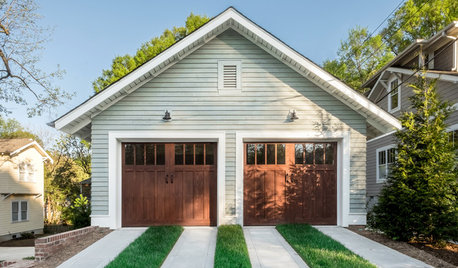
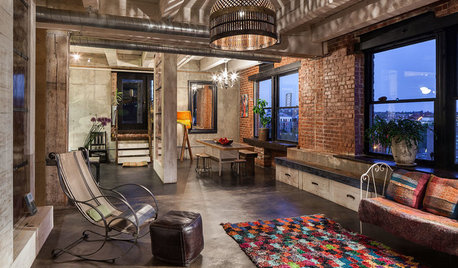
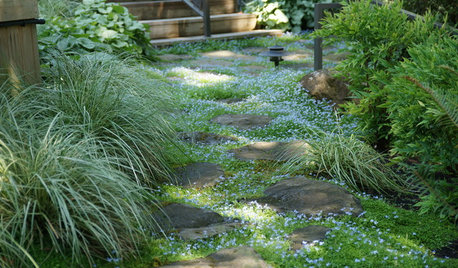
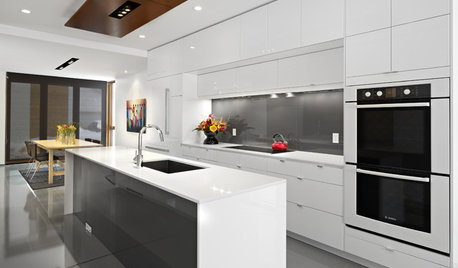
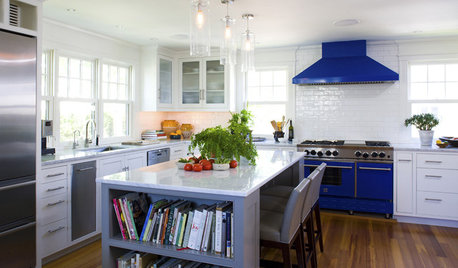

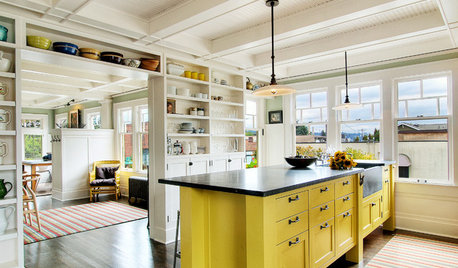
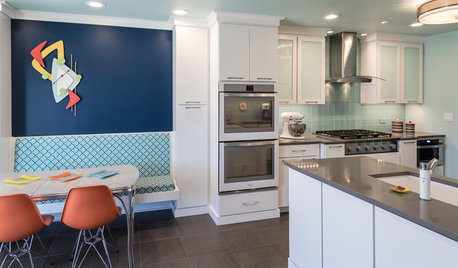
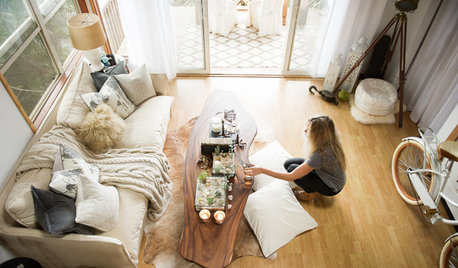
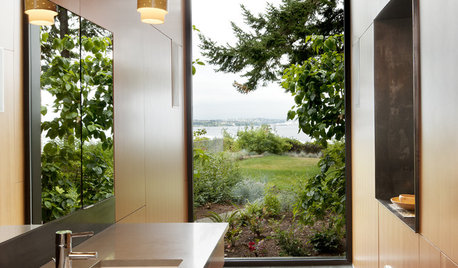







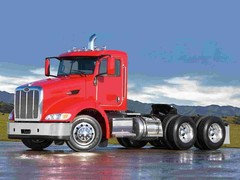


applnut